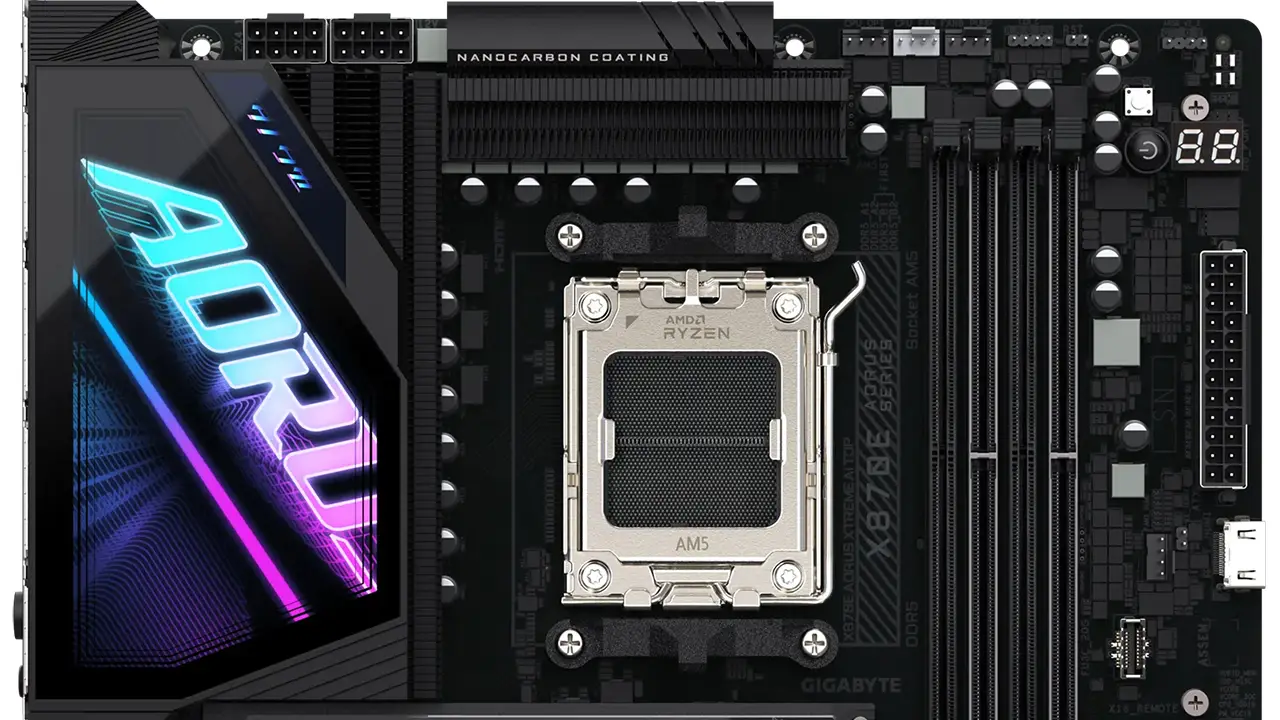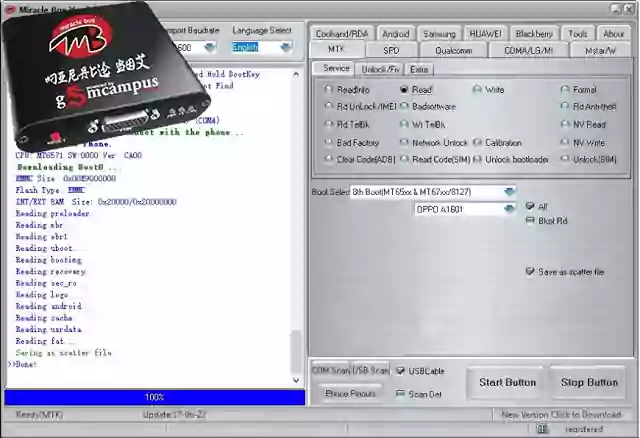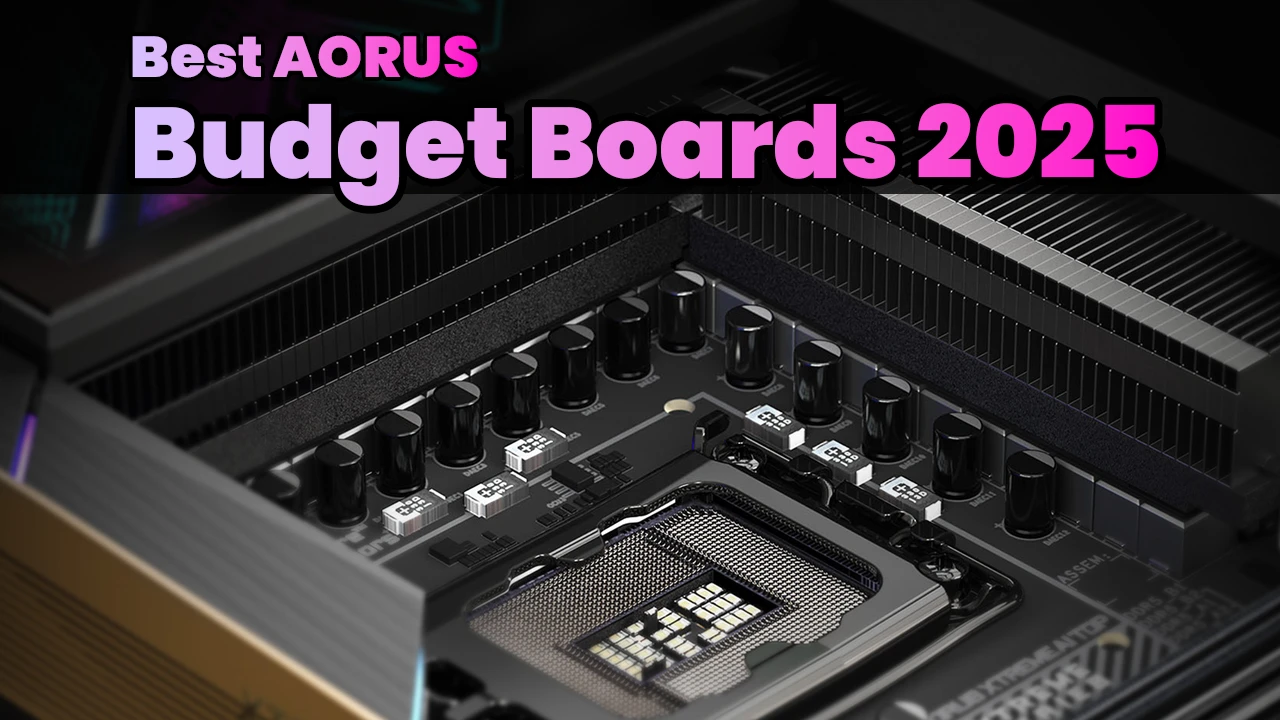When building your dream gaming rig, the motherboard is one of the most critical components. It's the backbone of your system, connecting all your hardware to create a seamless experience. To make your decision easier, we've compiled five essential tips to guide you in choosing the best motherboard for your needs.
Let’s dive in and ensure your build is ready to power through years of gaming glory.
1. Choose Your CPU: Intel or AMD?
Before picking a motherboard, you need to decide on a CPU. Intel and AMD are the leading contenders, each offering a range of processors catering to different needs.
- Intel: Known for high-performance CPUs ideal for overclocking and gaming.
- AMD: Offers multi-core processors perfect for multitasking and content creation.
Your choice will dictate the motherboard socket compatibility (e.g., Intel’s LGA1200 or AMD’s AM4). Once you’ve selected a CPU, explore compatible motherboards like the Intel-based Z390 AORUS PRO or AMD’s X570 AORUS Master.
2. Consider the Form Factor
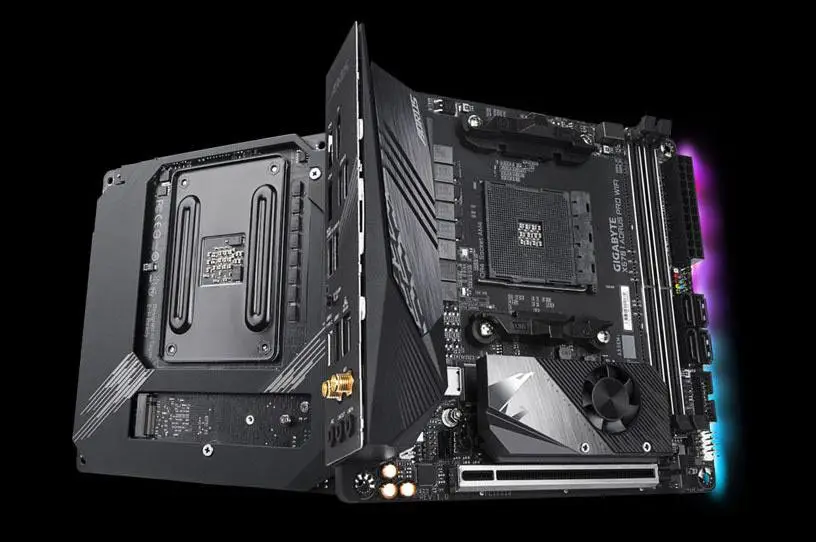
Motherboards come in various sizes, or form factors, and your choice will determine the overall size and functionality of your PC. Here are the most common options:
- ATX: The standard size (12 x 9.6 inches) with ample space for expansions and up to 8 RAM slots. Ideal for most gaming builds.
- E-ATX: Larger than ATX (12 x 13 inches), offering enhanced features, extra PCI-E slots, and connectivity.
- MicroATX: A more compact option (9.6 x 9.6 inches) that fits smaller cases while still offering decent expandability.
- Mini-ITX: A tiny board (6.69 x 6.69 inches) designed for ultra-portable builds with limited expansion options.
Pick a form factor that suits your case size and gaming aspirations.
3. Prioritize RAM Compatibility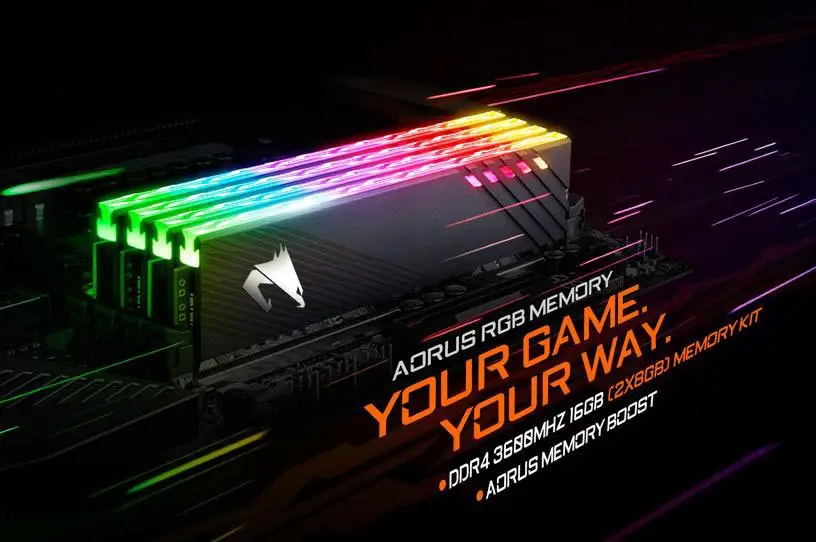
RAM (Random Access Memory) plays a pivotal role in your system's speed and multitasking ability. Here’s what to consider:
- Capacity: For modern gaming, 16GB of RAM is the recommended baseline.
- Speed: Faster RAM improves performance, but your motherboard must support its speed. For instance, if you choose AORUS RGB 3600MHz DDR4 RAM, ensure your motherboard can handle it.
Remember, future-proofing your build by choosing a motherboard with extra RAM slots is always a smart move.
4. Graphics Card Setup: Single or Multi-GPU?
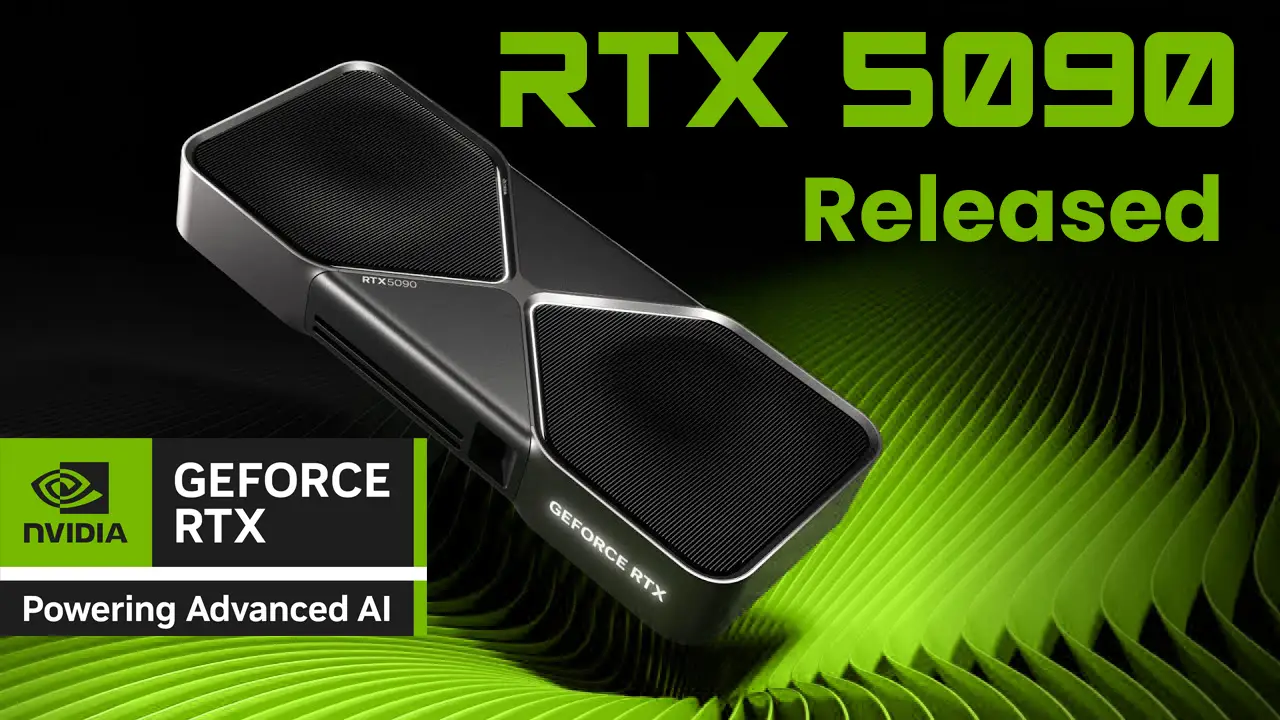
Your graphics card is the heart of your gaming performance. Decide whether you’ll use:
- Single GPU: The most common setup, ideal for most gamers, with cards like the AORUS GeForce RTX 2070 SUPER.
- Multi-GPU: For advanced setups using technologies like NVIDIA SLI or AMD Crossfire, requiring specific motherboard support.
If gaming is your primary focus, a high-performance single GPU setup is usually the way to go.
5. Check Connectivity Options
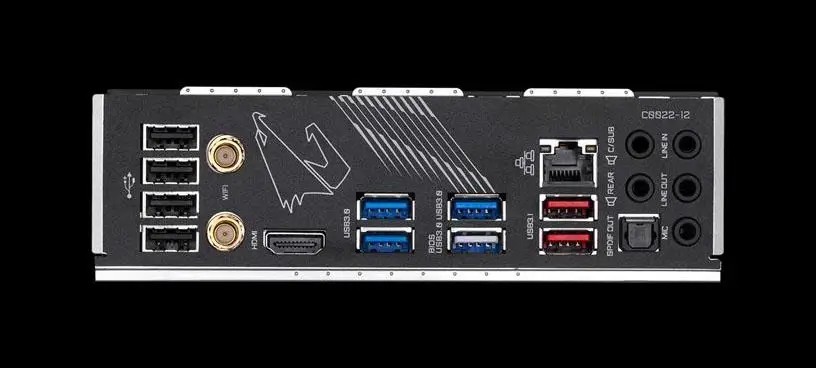
A motherboard’s connectivity determines what peripherals and devices you can use. Key considerations include:
- I/O Ports: Ensure you have enough HDMI, DisplayPort, and USB ports for your setup.
- Wi-Fi and Ethernet: Decide if built-in Wi-Fi or multiple LAN ports are essential for your needs.
- USB Standards: Look for USB 3.0, 3.1, or even USB-C for faster data transfer.
Think about your current and future needs—whether it’s adding monitors, external drives, or VR setups—to avoid connectivity limitations later.
BONUS TIP: Cooling is Crucial
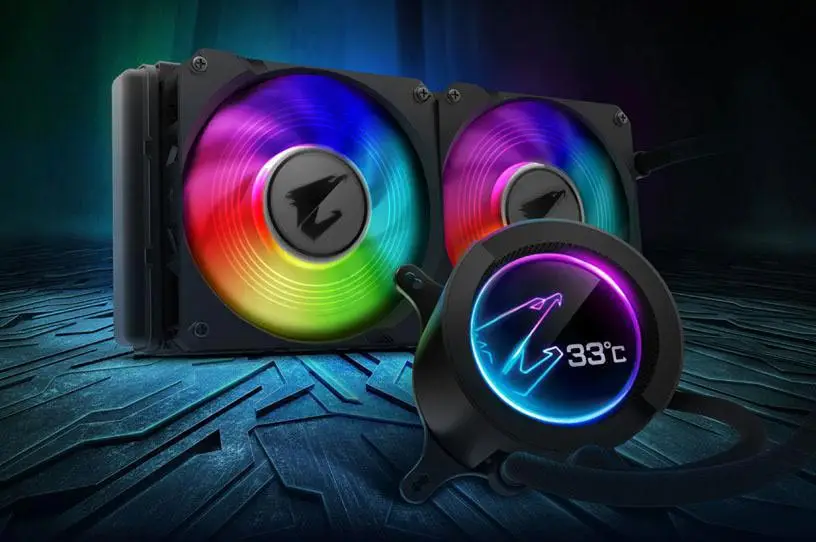
Proper cooling is vital for maintaining performance and extending the lifespan of your components. Choose between:
- Air Cooling: Affordable and efficient for most builds.
- Water Cooling: Quiet and highly effective, with options like AIO (All-in-One) coolers such as the AORUS LIQUID COOLER 240.
Keeping your system cool ensures optimal performance, especially for overclocked CPUs.
By following these tips, you’ll be well on your way to selecting the perfect motherboard for your new gaming rig. Remember, careful planning ensures your PC not only meets today’s needs but also adapts to future upgrades. Happy building!
